Telescopes have been instrumental in our understanding of the universe. They allow us to observe and study objects that are too far away or too faint to be seen with the naked eye. However, as powerful as ground-based telescopes can be, they have limitations that prevent us from seeing the universe with the clarity and precision that we need. This is why scientists have turned to space-based telescopes.
In this post, we will explore the advantages of space-based telescopes, the history of space-based telescopes, and the current and future space-based telescopes that are expanding our understanding of the universe.
The Limitations of Ground-based Telescopes
Observing from the ground presents several challenges that can affect the quality and accuracy of our observations. These challenges include atmospheric distortion, light pollution, and limited access to different wavelengths of light.
Atmospheric distortion occurs because the Earth’s atmosphere is not uniform, and its different layers can cause light to refract and scatter in different directions. This creates a blurring effect that can reduce the clarity and resolution of our observations. Astronomers use techniques like adaptive optics to correct atmospheric distortion, but these methods are limited in their effectiveness.
Light pollution is another challenge that affects ground-based observations. Light pollution refers to the excess and misdirected artificial light that interferes with the natural darkness of the night sky. It can come from streetlights, buildings, and other sources and can obscure faint objects in the sky. Light pollution is particularly problematic for observations of faint objects like distant galaxies and stars.
Finally, ground-based telescopes are limited in the range of wavelengths of light that they can observe. The Earth’s atmosphere blocks certain wavelengths of light, including ultraviolet and infrared light. This means that ground-based telescopes can only observe a limited portion of the electromagnetic spectrum, which can restrict the types of objects and phenomena that we can study.
These challenges demonstrate the need for space-based telescopes. By placing telescopes in space, we can eliminate the distortions caused by the Earth’s atmosphere, avoid light pollution, and observe a wider range of wavelengths of light. This allows us to study the universe with greater clarity and precision than is possible from the ground.

Advantages of Space-based Telescopes
- Clearer Images: One of the biggest advantages of space-based telescopes is the ability to observe the universe with greater clarity and precision. By placing telescopes in space, we can avoid atmospheric distortion and light pollution that can affect observations from the ground. This allows us to observe faint objects in the universe with greater accuracy and detail, and to see objects that would otherwise be invisible. For example, the Hubble Space Telescope has produced some of the most iconic and detailed images of the universe ever captured, revealing the beauty and complexity of distant galaxies and nebulae.
- Access to Different Wavelengths of Light: Another advantage is the ability to observe a wider range of wavelengths of light than ground-based telescopes. The Earth’s atmosphere blocks certain wavelengths of light, including ultraviolet and infrared light. This means that ground-based telescopes can only observe a limited portion of the electromagnetic spectrum. In contrast, space-based telescopes can observe a wider range of wavelengths, allowing us to study a broader range of objects and phenomena. For example, the Spitzer Space Telescope was specifically designed to observe in the infrared part of the spectrum, allowing it to study objects like protoplanetary disks and distant galaxies that emit most of their light in the infrared.
- Continuous Observation: Space-based telescopes can observe continuously without interference from daylight, weather, or atmospheric distortion. Ground-based telescopes are limited by the day-night cycle and weather conditions, which can prevent us from making observations for extended periods. Space-based telescopes, on the other hand, can observe the universe continuously without interference from these factors. This allows us to observe objects and phenomena that may only be visible for short periods, such as supernovae or gamma-ray bursts.
History of Space-based Telescopes
The history of space-based telescopes dates back to the mid-20th century when astronomers first began to dream of observing the universe from above the Earth’s atmosphere. The first space-based telescope was launched in 1962 when the United States sent the Orbiting Astronomical Observatory (OAO-1) into orbit. OAO-1 was designed to study ultraviolet light, which is blocked by the Earth’s atmosphere, and was able to observe the sky continuously without the interference of atmospheric distortion or weather.
The success of OAO-1 led to the launch of several other space-based telescopes in the following decades. In 1972, the United States launched the Copernicus observatory, which was also designed to study ultraviolet light.
Copernicus was followed by the International Ultraviolet Explorer (IUE) in 1978, which was a joint mission between the United States, the United Kingdom, and the European Space Agency. IUE was able to observe the ultraviolet and visible parts of the spectrum and made several groundbreaking discoveries during its 18 years of operation.
In 1990, the Hubble Space Telescope was launched, which was the first space-based telescope to be designed for observations across a broad range of wavelengths, including visible, ultraviolet, and infrared light. Despite initial problems with the telescope’s optics, which were later corrected by a servicing mission, Hubble has gone on to make some of the most significant discoveries in the history of astronomy, including the first direct observation of a planet orbiting another star.
Since the launch of Hubble, several other space-based telescopes have been launched, including the Chandra X-ray Observatory, the Spitzer Space Telescope, and the Kepler Space Telescope, which have allowed astronomers to study the universe in ways that would not have been possible from the ground.
Current Telescopes in Space
As of 2023, there are several space-based telescopes that are currently operational and providing astronomers with valuable data about the universe. Here are a few examples:
- Hubble Space Telescope: Despite being launched over 30 years ago, the Hubble Space Telescope remains one of the most important tools in modern astronomy. It is currently in its fifth servicing mission and has several instruments that allow it to observe across a broad range of wavelengths, including visible, ultraviolet, and infrared light. Hubble has made significant contributions to our understanding of the universe, and its data continues to be analyzed and studied by astronomers around the world.
- Chandra X-ray Observatory: The Chandra X-ray Observatory was launched in 1999 and is providing valuable data about the high-energy phenomena in the universe. Chandra has observed a range of objects, from black holes to galaxy clusters, and has made significant contributions to our understanding of the universe’s structure and evolution.
- Fermi Gamma-ray Space Telescope: The Fermi Gamma-ray Space Telescope was launched in 2008 and is designed to observe gamma rays, which are the highest-energy form of light. Fermi has made significant contributions to our understanding of the high-energy universe, including the discovery of gamma-ray bursts and the detection of high-energy emissions from distant galaxies.
- James Webb Space Telescope: The James Webb Space Telescope launched in 2021 and is one of the most highly anticipated space-based telescopes in recent years. It is designed to observe in the infrared part of the spectrum and will be able to study the universe’s first stars and galaxies, as well as the atmospheres of exoplanets. The James Webb Space Telescope is expected to make significant contributions to our understanding of the early universe and the search for habitable planets.
- Transiting Exoplanet Survey Satellite (TESS): TESS was launched in 2018 and is designed to search for exoplanets around nearby stars. TESS uses the transit method, which involves detecting the slight dimming of a star’s light when a planet passes in front of it. TESS has already made several significant discoveries, including the detection of a super-Earth in the habitable zone of a nearby star.
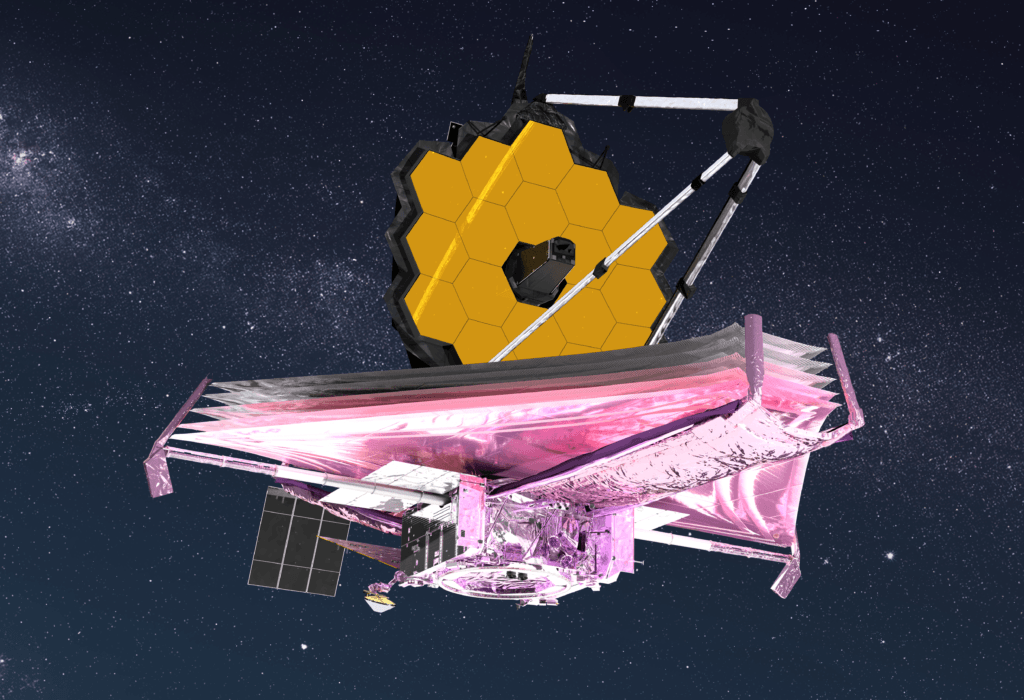
Future Missions
As technology continues to advance, several new space-based telescopes are currently under development, with the potential to revolutionize our understanding of the universe. Here are a few examples:
- Wide Field Infrared Survey Telescope (WFIRST): The Wide Field Infrared Survey Telescope (WFIRST) is scheduled to launch in the mid-2020s, and it will have a field of view 100 times larger than the Hubble Space Telescope. Its main scientific goals are to study dark energy, dark matter, and exoplanets.
- Nancy Grace Roman Space Telescope: The Nancy Grace Roman Space Telescope is also scheduled to launch in the mid-2020s. Its main scientific goals are to study dark energy, exoplanets, and the formation of galaxies.
- Lynx X-ray Observatory: The Lynx X-ray Observatory is currently in the concept stage and is expected to launch in the 2030s. Its main scientific goals are to study black holes, supernovae, and the evolution of galaxies.
- Habitable Exoplanet Observatory (HabEx): The Habitable Exoplanet Observatory is also in the concept stage and is expected to launch in the 2030s. Its main scientific goals are to study exoplanets, with a focus on finding potentially habitable planets and studying their atmospheres.
Space-based telescopes have revolutionized our understanding of the universe by providing us with clearer and more detailed images, as well as access to different wavelengths of light. While observing from the Earth has its limitations, space-based telescopes have enabled us to overcome these challenges and make groundbreaking discoveries that would not have been possible otherwise.
From the Hubble Space Telescope to the upcoming James Webb Space Telescope and other future missions, these instruments have allowed us to study the earliest galaxies, dark matter, exoplanets, black holes, supernovae, and the evolution of galaxies with unprecedented precision and clarity. As technology continues to improve, we can expect space-based telescopes to make even more significant contributions to our understanding of the universe and our place within it.

Andrew
Welcome to TelescopeTherapy.com, your trusted source for expert insights on astronomy, telescopes, and the transformative power of stargazing for mental well-being. With years of experience and a passion for exploring the cosmos, we are your go-to destination for all things celestial. Our mission is to bring the wonders of the universe to your fingertips and demonstrate how the art of stargazing and telescope therapy can nurture not only your astronomical curiosity but also your mental health. Explore the cosmos with us and discover the profound connection between the night sky and your inner peace. Join us on this celestial journey and unlock the therapeutic potential of the stars.

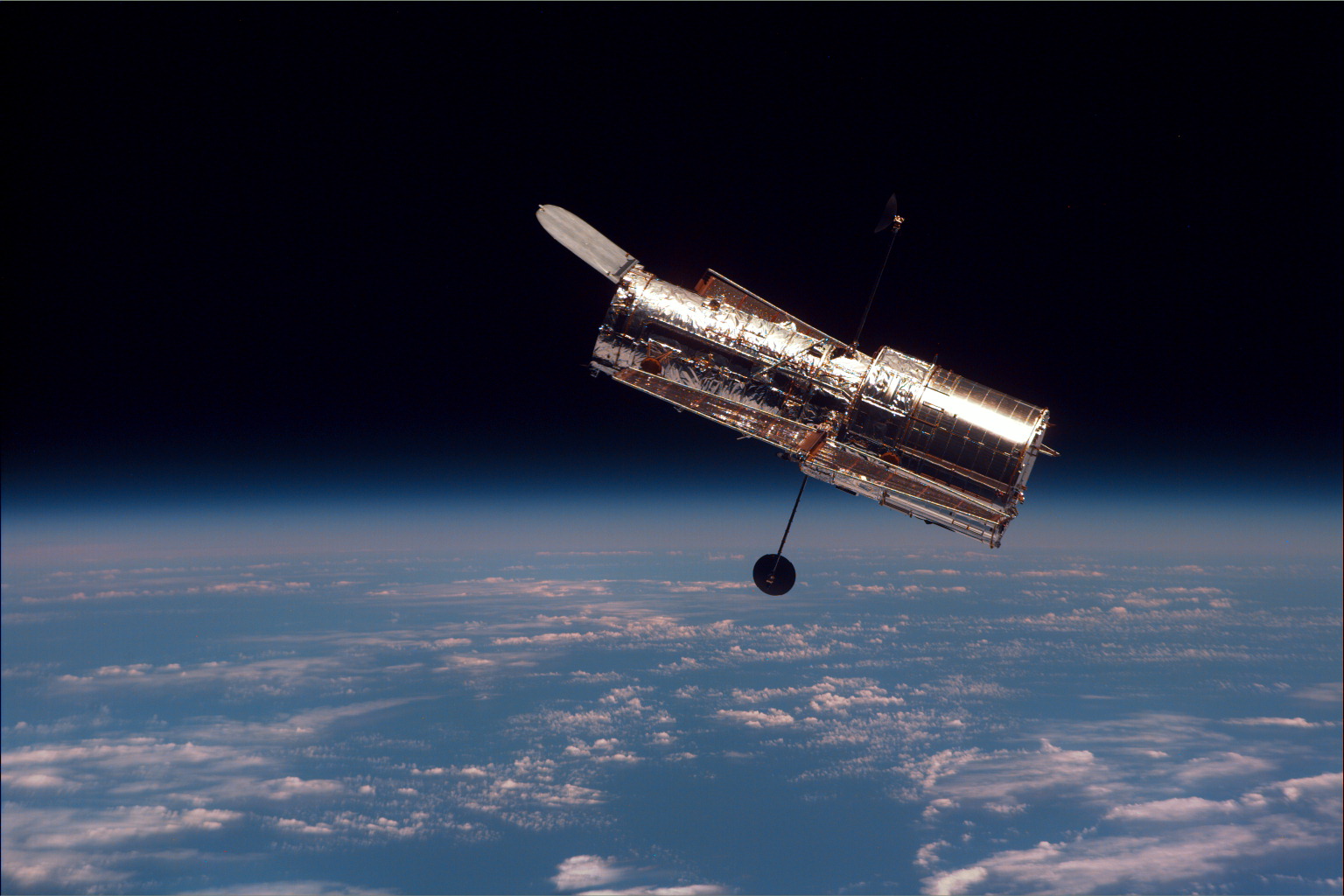
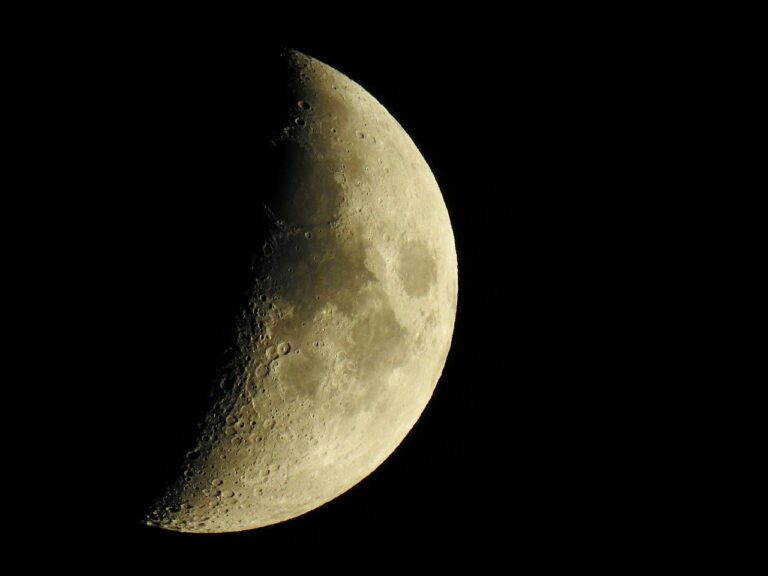
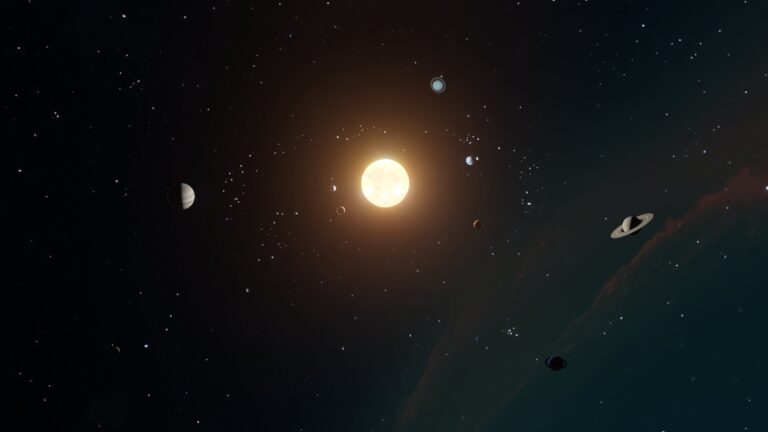
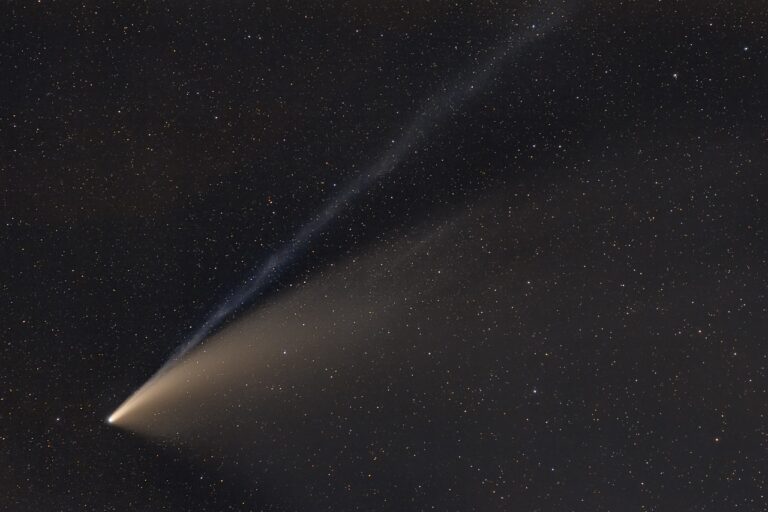
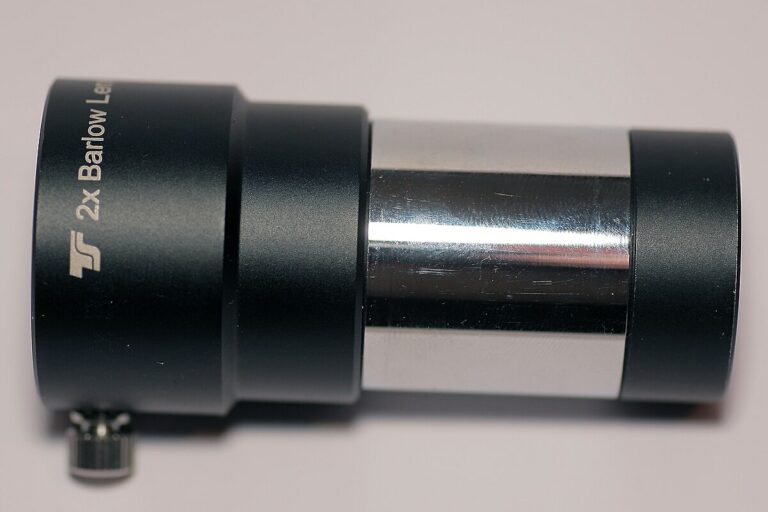
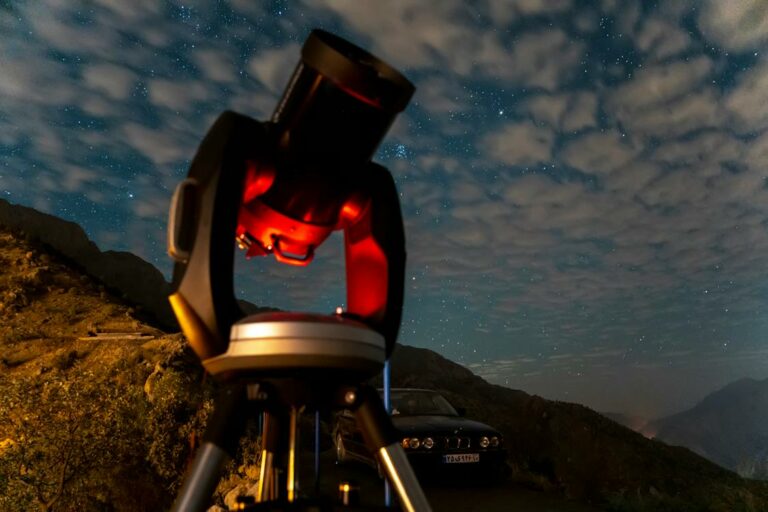
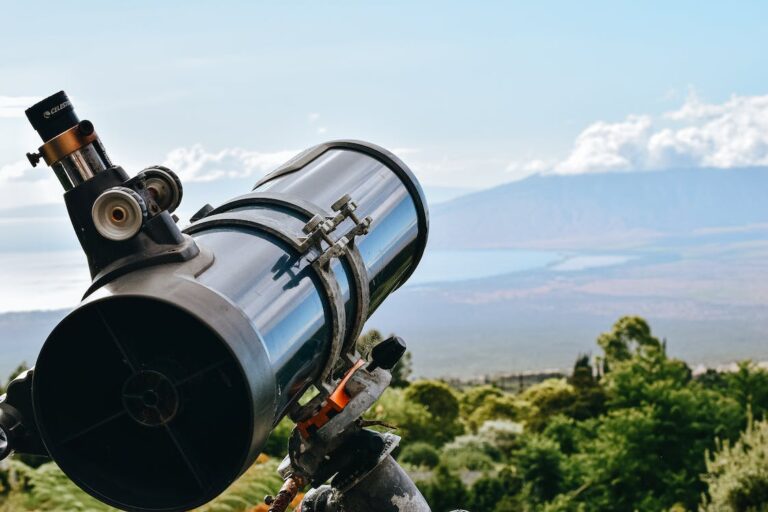
+ There are no comments
Add yours